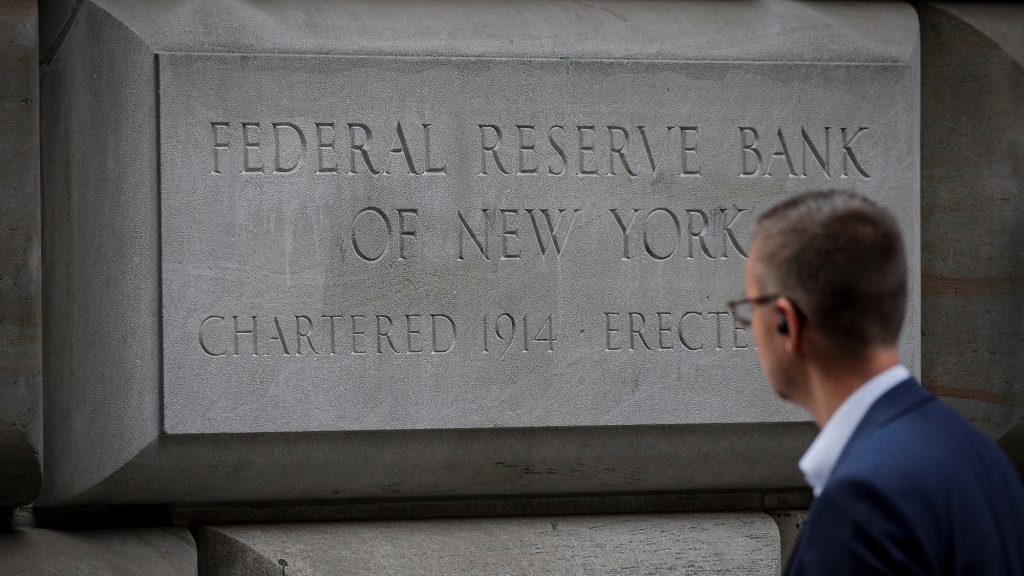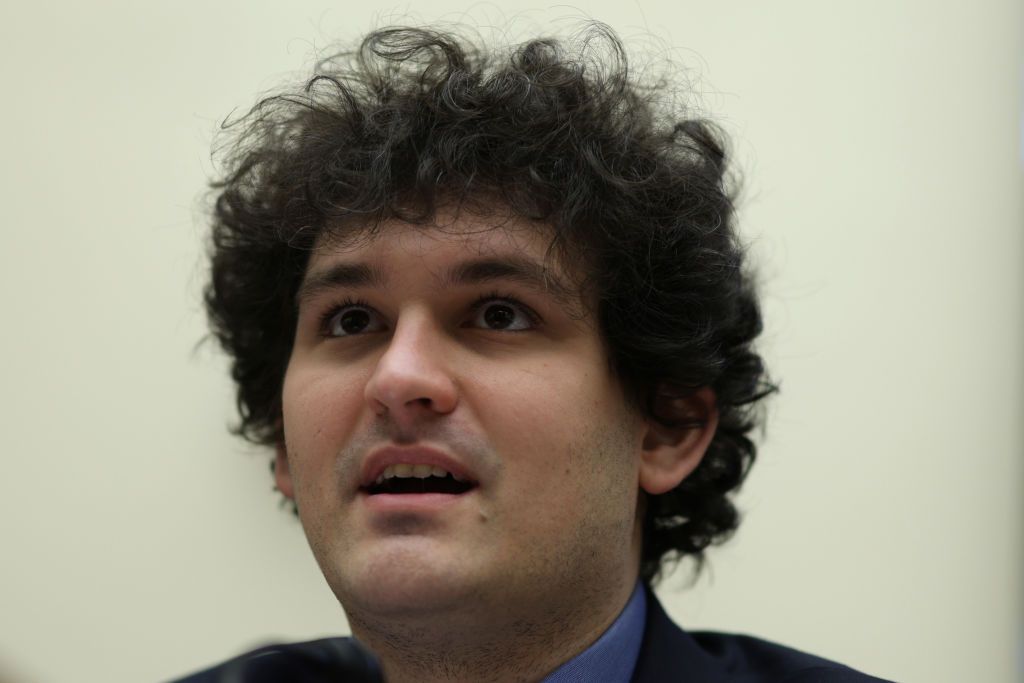Author: Author1
Netanyahu vows to forge historic peace treaty with Saudi Arabia to end Arab-Israeli conflict once and for all
The Club Of Rome At 50 Years Old
Babylon, CBDC, Club of Rome, Daniel, depopulation, John, Klaus Schwab, WEF
Not vaccinated against Covid? It could raise your auto insurance rates
NASA asteroid warning: 177FT space rock ‘could’ hit Earth at 61,000MPH
Prisoner-swapped Viktor “Merchant of Death” Bout says liberalism, transgenderism causing civilizational “suicide”
White House Won’t Say Whether Biden Will Return Donations From FTX’s Bankman-Fried
Iran Stops Paying Terrorists, But You Still Pay Them, Thanks to Joe Biden
The Year Is 2025 …
It’s official: The United States is developing a bank-to-bank digital currency
While the world was busy watching the collapse of crypto exchange FTX, the US Federal Reserve system made an important move. Speaking at the Singapore FinTech Festival on November 4, a senior official from the New York Federal Reserve surprised many in the audience by announcing that for the past several months, the New York Fed has been developing a “wholesale” central bank digital currency (CBDC) designed to speed up transfers between banks around the world.
For those who thought the United States was behind in the digital-currency “space race,” the news was welcome. In a subsequent white paper on the project—named Project Cedar—the New York Fed explained that it has already completed stage one of testing and proved that international currency transactions could be done both quickly and safely through the blockchain.
“and that no one may buy or sell except one who has [a]the mark or the name of the beast, or the number of his name.” Revelation 13:17

But buried in the technical details was a revealing line on the ambitions of the project: The goal of the new network is “to reduce settlement risk in cross-border, cross-currency transactions.” The message? We see what the world is doing on CBDCs, and the United States is not going to be left behind.
According to new Atlantic Council research, the United States, thanks to Project Cedar, has moved into development of a central bank digital currency and joined its colleagues at the European Central Bank, the Bank of Japan, and the Bank of England in making the leap forward. All of these jurisdictions have different projects (some, such as the United States, are focused on wholesale, while others, such as the eurozone, are hard at work on a “retail” digital currency that could be used to buy an espresso). Many of these central banks, including the Fed, have not actually decided to issue a CBDC—for that, most of the central banks will need legislative approval. And there are major privacy and cybersecurity challenges to address before most Americans open up their phones and use the digital dollar.












